What to know
- Using ChatGPT shall not attract plagiarism as it doesn’t reproduce other people’s content verbatim and creates fresh content every time.
- As ChatGPT’s training corpus expands, it is more likely to produce synthesized content that is free of plagiarism.
- Users can always rely on AI detector tools to know if a piece has been written by ChatGPT.
Plagiarism has been a perennial issue for universities, academicians, bloggers, publishers, and many others. New technologies tend to disrupt traditional ways and turn them on their heads. But with the advent of AI chatbots and language models, the idea of plagiarism itself is being rethought and reconsidered.
Be it for work or school, ChatGPT users have begun grappling with the tricky question of whether using ChatGPT is considered plagiarism. There are no simple answers. However, a healthy discussion based on facts is in order. This article will help put a few things in perspective about ChatGPT, plagiarism, and what it all means for the modern world.
Related: How to Use Plugins in ChatGPT
Plagiarism in ChatGPT: Challenges and Opportunities
Before we begin, one needs to understand what plagiarism is and isn’t. According to Wikipedia, “[p]lagiarism is the fraudulent representation of another person’s language, thoughts, ideas, or expressions as one’s original work.”
Copying someone else’s work word for word is perhaps the most egregious form of plagiarism; paraphrasing is less so; and copying ideas may not be considered plagiarism at all, depending on the beliefs of the institution. Whether or not an institution flags a piece as containing plagiarism can vary depending on its rules and changing definitions.
In the early days of Google and Wikipedia, easy access to information at people’s fingertips had ruffled many feathers, just as ChatGPT is doing now. There is little doubt in people’s minds that ChatGPT simplifies and betters the research process. But the fact that ChatGPT can write full-length articles and essays at any grade level, in any style, and can bypass many traditional plagiarism detection tools is a cause for concern for universities and content writing professionals alike. In the absence of reliable AI detectors, anyone with the slightest understanding of ChatGPT can pass off AI-generated content as their own.
How ChatGPT creates content
ChatGPT is trained on a large corpus of data from books, research papers, and the world wide web. ChatGPT peruses the available content and parses it to understand word choices, sentence structure, paragraph organization, and relevance to the topic. In a nutshell, it is doing what humans do – that is, to understand a topic and explain it in its own words. That is not plagiarism, per se.
Is using ChatGPT plagiarism?
In the traditional sense, no! Using ChatGPT is not tantamount to plagiarism. You will mostly not see ChatGPT generating content that smacks of someone else’s work.
But domain experts and universities are rethinking what plagiarism means. Earlier, plagiarism basically meant that you were passing someone else’s work as your own, be it paraphrased or blatantly copied word-for-word. The underlying principle was that you didn’t do the work that went into the writing and instead relied on someone else’s work that you plagiarized. With ChatGPT, however, you are not copying anyone’s published work but are rather relying on the GPT LLM to do the heavy lifting for you.
Related: What Is Dan on ChatGPT and Is It Safe to Use?
Does ChatGPT write fresh content every time?
ChatGPT responses, in actual fact, are fresh every time. This can be tested simply by getting two users to give ChatGPT the same prompt. The responses are invariably differentiated.
Even in the same chat session, if you ask ChatGPT the same question again, the response will still be fresh. The ‘Regenerate Response’ button on ChatGPT basically highlights the same idea.
Is ChatGPT okay to use for content writing for your client?
In most cases, it should be okay. However, if you have been told specifically by your client not to use ChatGPT or if they are looking for original human-written content, then you shouldn’t be breaking the rules of the contract. Most clients are anyway looking for content written by human writers, not ChatGPT. So if they don’t mention anything, you should consider writing the content yourself as their default expectation.
Related: 11 Ways to Use ChatGPT in Your Workflow
ChatGPT detection tools
The fear of students and professionals using ChatGPT to cheat their way through a course or a gig has spawned a few AI detection tools such as GPT-Zero, OpenAI Text Classifier, and Copyleaks AI Content Detector. If you have reason to suspect that someone is passing on ChatGPT-generated content as their own, which is what plagiarism has come to, then you might benefit from some of these ChatGPT detection tools. However, be advised that these tools are still catching up to the latest GPT iterations and might even flag some human-written content as generated by AI.
FAQ
Let’s take a look at a few commonly asked queries about ChatGPT and plagiarism.
Can teachers see if you use ChatGPT?
Depending on how tech-savvy your teachers are, they might be able to tell if you use ChatGPT using online AI detector tools as well as by comparing the work with your previous works to look for discrepancies or jumps in language and thought.
Does using ChatGPT count as plagiarism?
Technically, no. Using ChatGPT doesn’t count as plagiarism. As long as you’re using it for research and generating information to be used in your own way, ChatGPT is a tool not unlike Google or Wikipedia.
As far as our existing definitions go, using ChatGPT is not tantamount to plagiarism. Though it has definitely raised important questions about cheating and dishonesty in academics and work, ChatGPT should first and foremost be seen as a tool for research and gathering information. It can be used freely to identify important talking points but at the end of the day, it is the learner or the worker that must bring the disparate ideas together to exhibit one’s learning. ChatGPT has yet to have the human flair and idiosyncracies that define human-generated content.
Related: How to Use ChatSonic AI in Opera

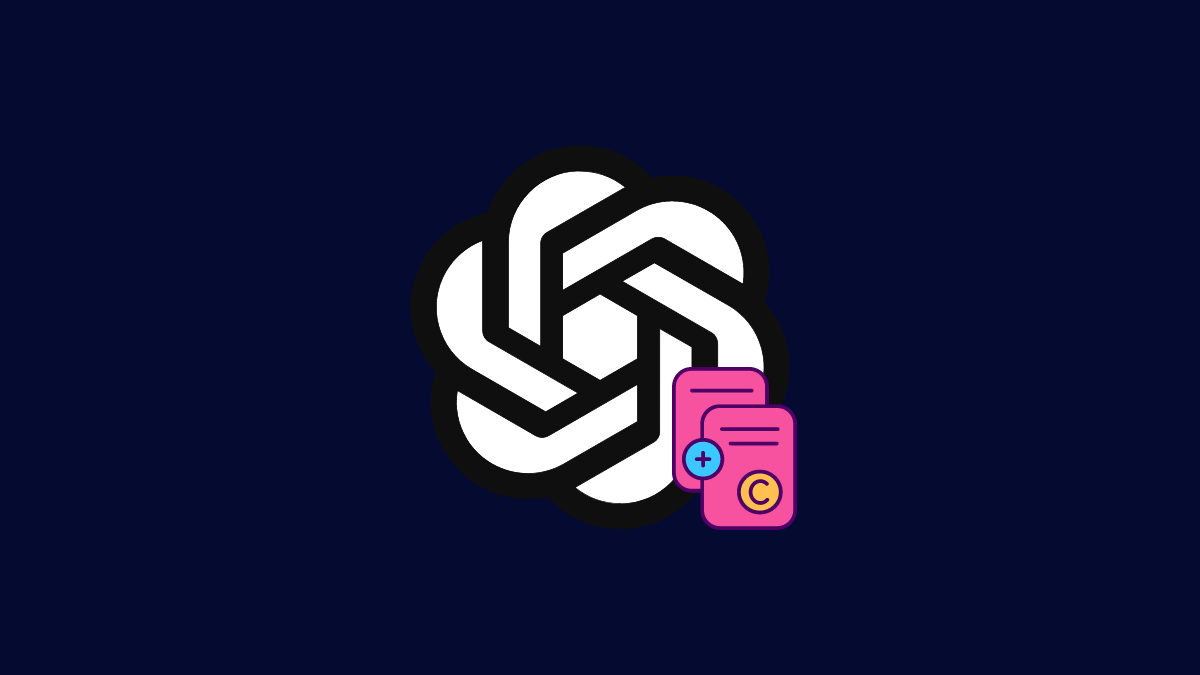
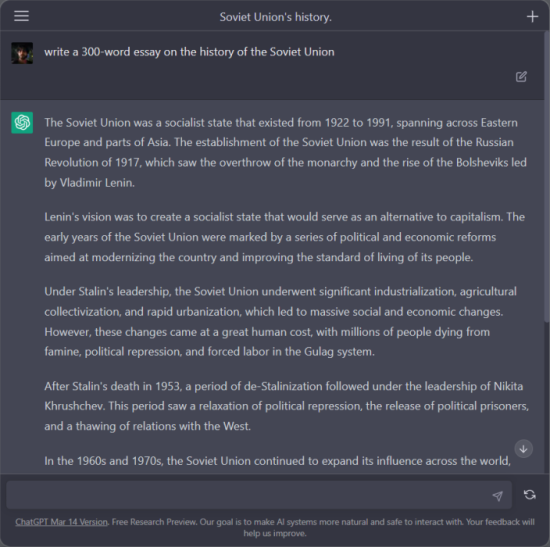
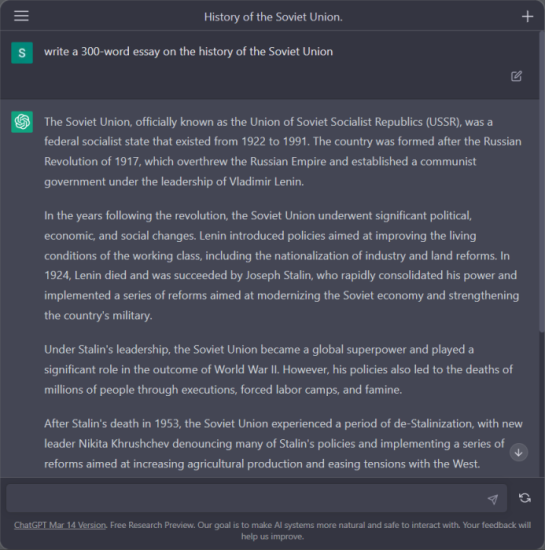



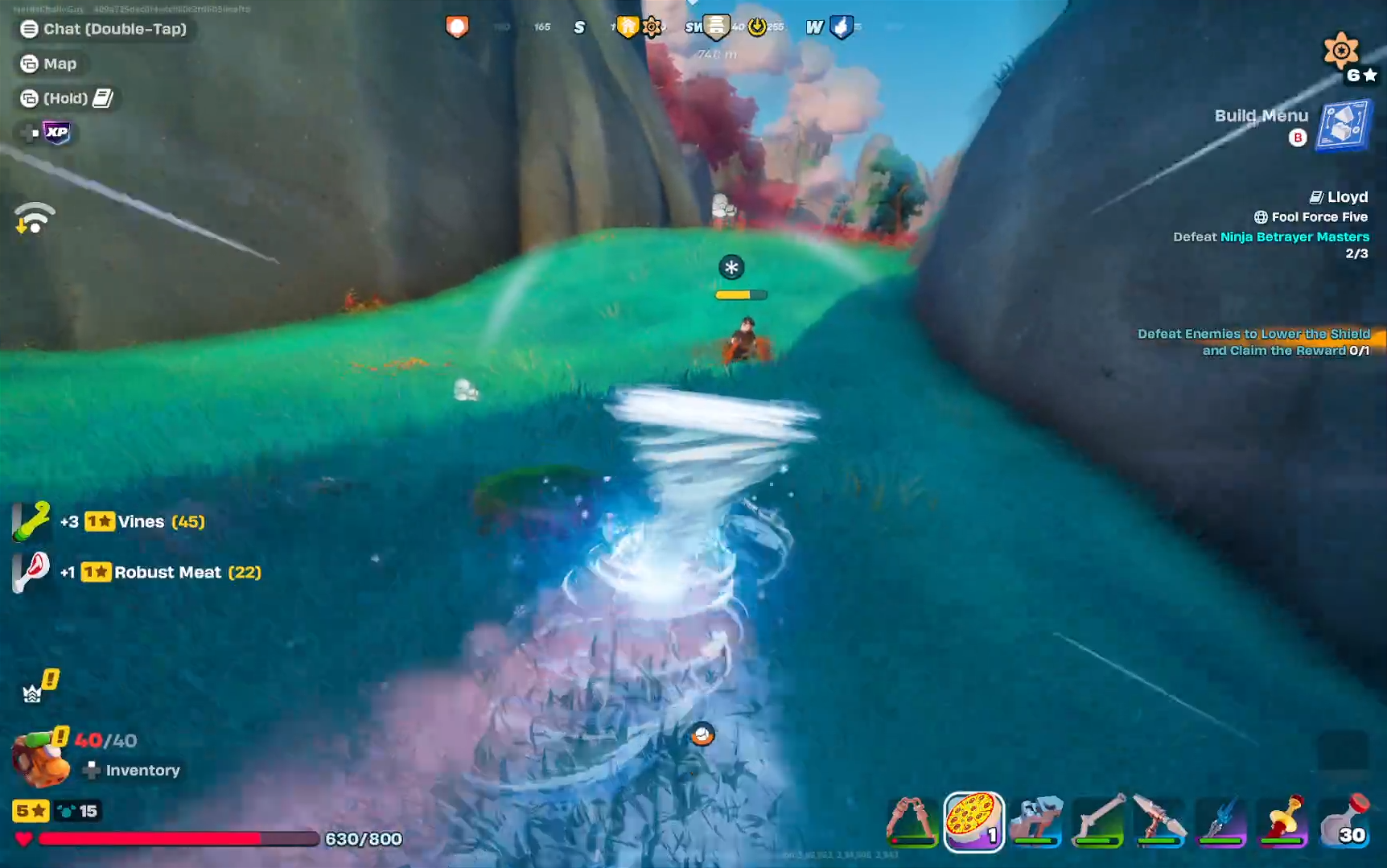
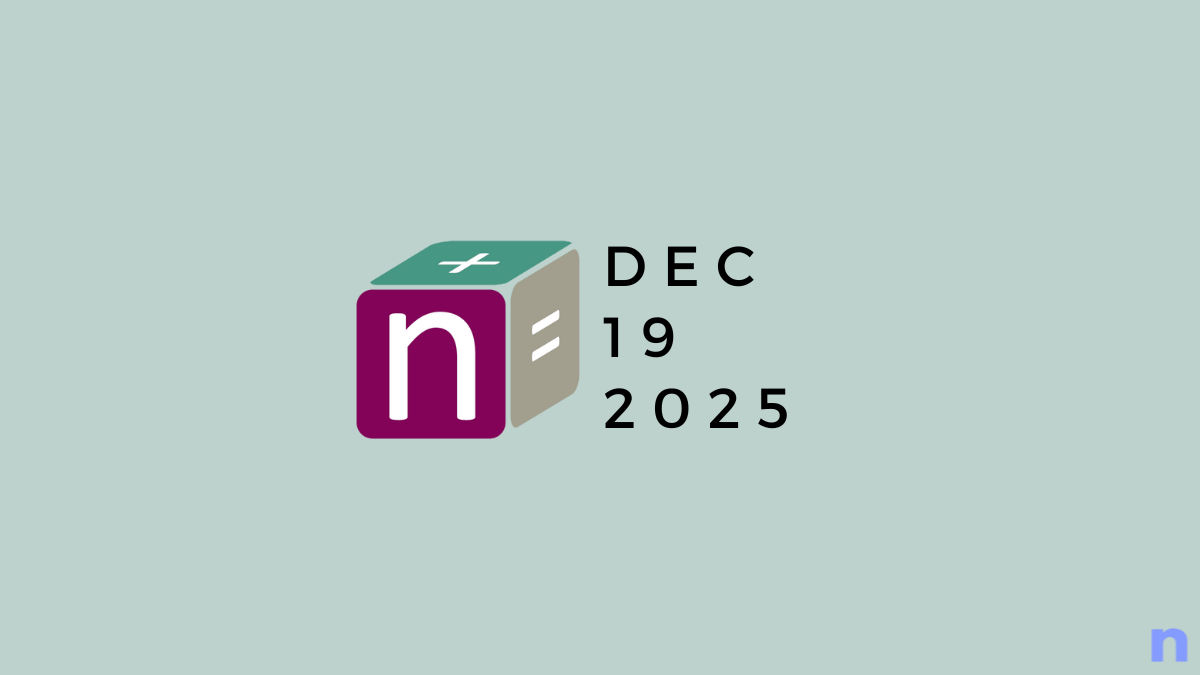


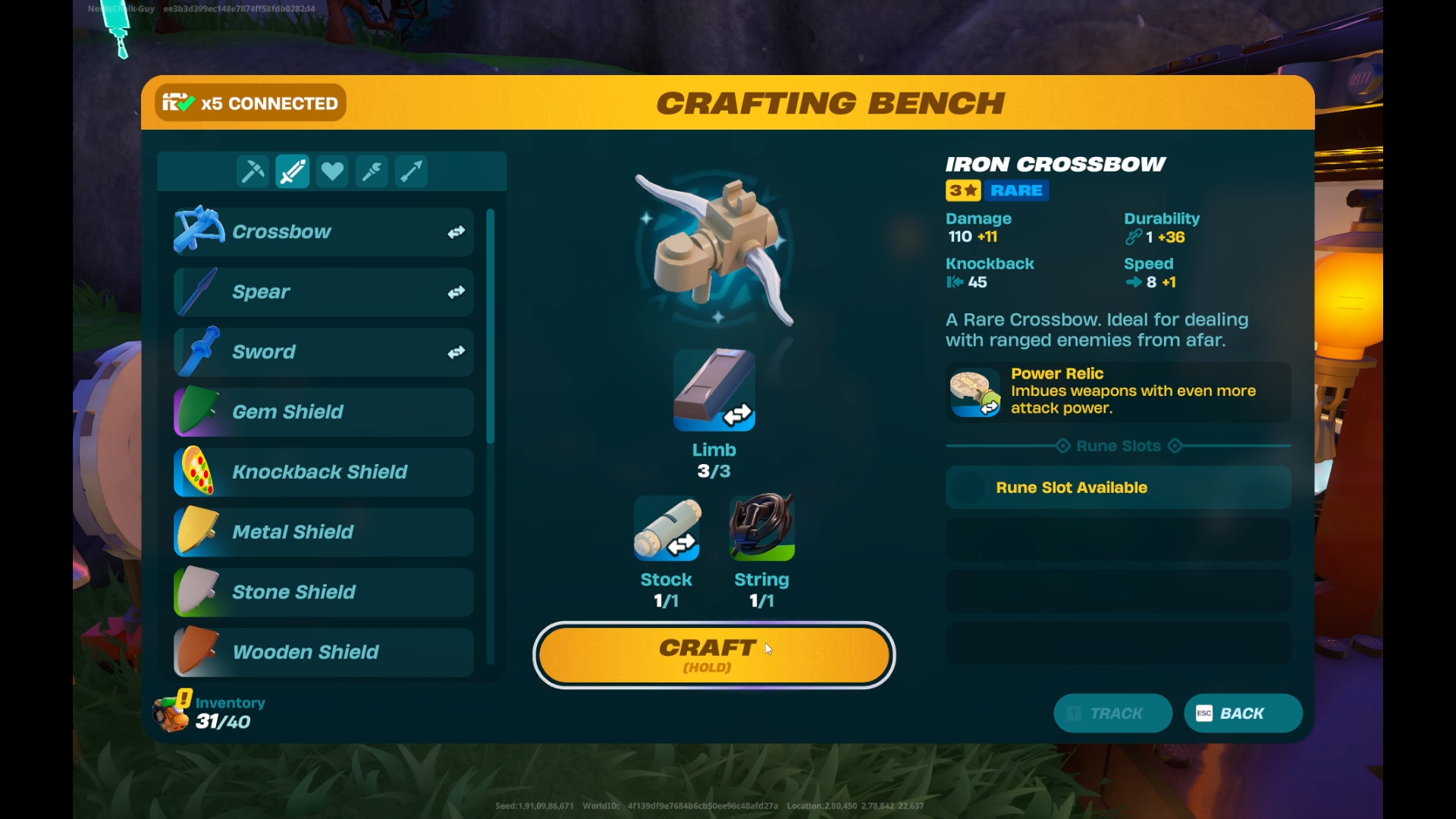


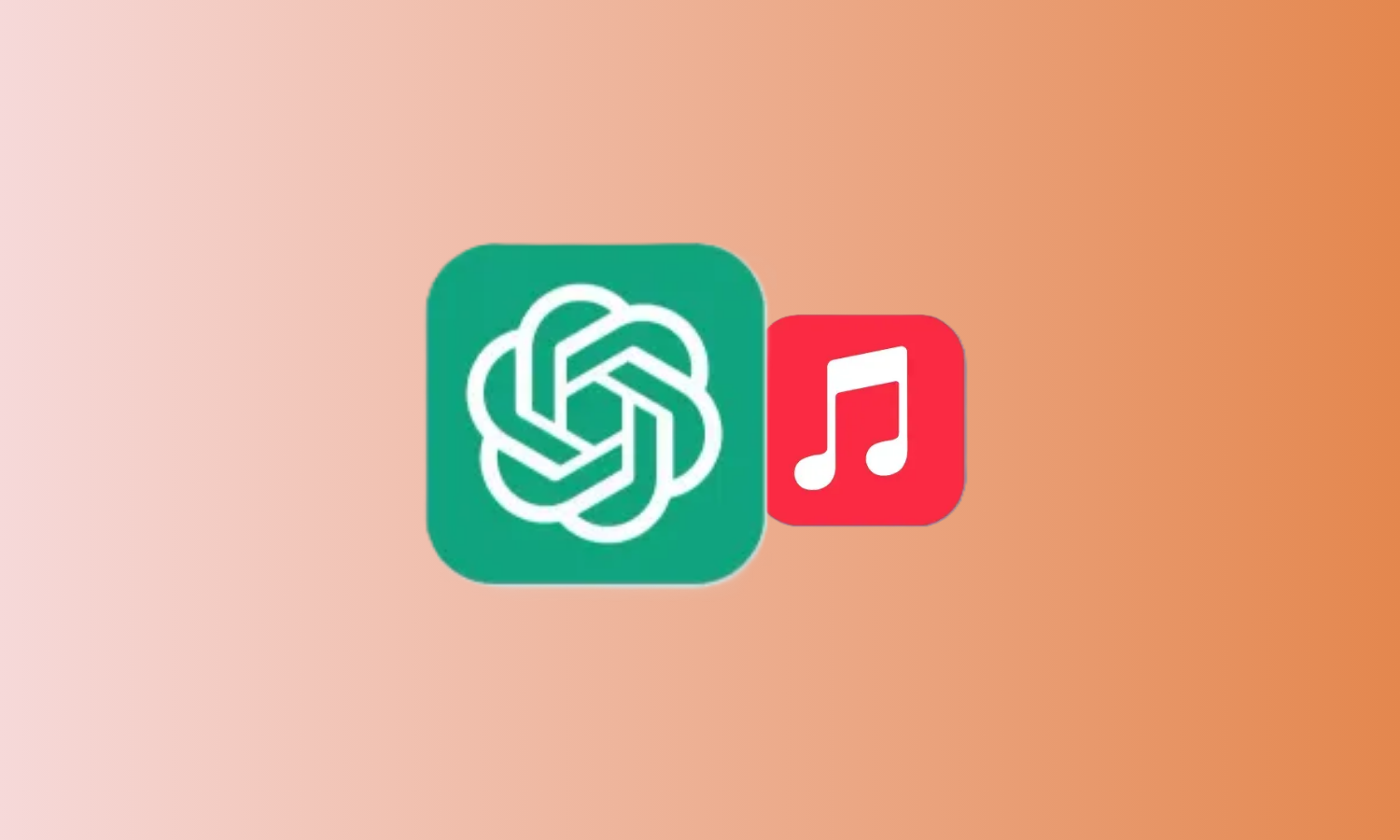
Discussion